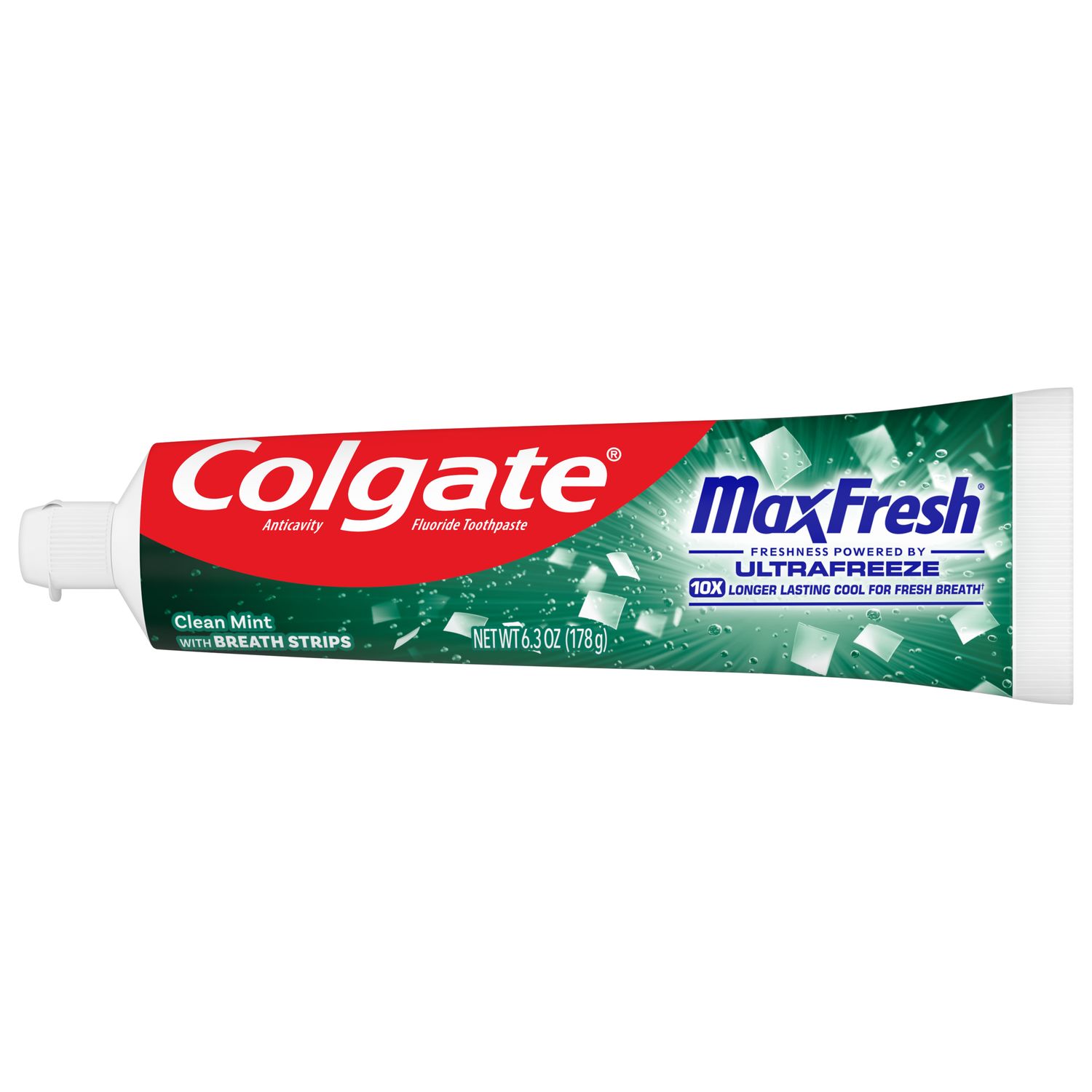What Causes Halitosis?
Almost everyone experiences bad breath from time to time, whether that's after a meal filled with garlic or first thing in the morning. However, according to Harvard Medical School, 30% of the population struggles with some degree of bad breath daily.
Many times, the cause of the bad breath is bacteria. As a study in the Journal of Neurogastroenterology and Motility (JNM) explains, bacteria at the back of the tongue produce volatile sulfur compounds (VSCs), such as hydrogen sulfide and dimethyl sulfide, which cause bad breath.
Poor oral hygiene, smoking and dry mouth can all increase your risk for developing halitosis, as the Mayo Clinic notes. Systemic conditions, such as liver or kidney disease, gastrointestinal reflux or diabetes, can also contribute to halitosis, explains the American Dental Association (ADA).
Measuring Bad Breath With a Halimeter
The halimeter, developed by Interscan Corporation, helps to measure bad breath in a quantifiable way. The instrument is a small, box-shaped device with a sensor that sits near your mouth. You might see one of these used in a general dentist's office, though smaller, portable equivalents are now available for purchase and home use.
How Does a Halimeter Work?
A halimeter works by measuring the quantity of VSCs in a breath sample. It produces a parts-per-billion (ppb) reading, which tells you how many VSC particles are present in every billion units of a sample. So for example, a reading of 100 ppb means that there are 100 particles of VSCs in every billion milligrams of breath.
How Do You Use a Halimeter?
To use a halimeter, you simply breathe into the instrument as instructed by your dentist. It works in a very similar way to a breathalyzer that tests for alcohol. The machine will then analyze your breath, and will return your ppb reading.
The original manufacturers of the halimeter state that a reading between 80-140 ppb is normal, with noticeable bad breath happening at around 200-300 ppb. By 500-700 ppb, bad breath is said to be not just stronger, but more foul in nature. At this point, bad breath is likely coming from an oral health or medical condition that needs attention.
How Accurate Is a Halimeter?
Halimeters are considered to be reasonably accurate at measuring the severity of bad breath, but the JNM study noted that additional tests may be necessary for a more accurate assessment. In a different study published in the Journal of Dental Research and Review, halimeter readings were supplemented with organoleptic (sensory) measurements of VSC samples from an individual's mouth. This study noted that the findings between the two methods did not always correspond, which is why it's important not to rely on one method alone to measure and monitor bad breath. Researchers also recommended multiple tests over time for better, more personalized data.
Techniques to Reduce Bad Breath
Once you know you have bad breath, it's time to fix it! According to the ADA, reducing bad breath starts with a good oral care routine. Here are several steps you can take to improve your oral hygiene:
- Brush your teeth twice daily with fluoridated toothpaste.
- Clean between your teeth with floss or other interdental cleaning tools.
- Brush your tongue or use a tongue scraper.
- Use a mouthrinse.
- If you have dentures, clean them according to your dental professional's instructions.
- Avoid smoking or using tobacco products.
- Maintain regular dental visits.
If your halitosis stems from a medical condition or dry mouth, your doctor and dentist can help you tailor your treatment to address the underlying cause. A halimeter can also help monitor your progress in treating your bad breath.
So, if you experience bad breath, don't be alarmed! Much of the population has this same concern, and your dentist is equipped to help you measure and address this stinky problem. With their help, and this handy bad breath detector, you can improve your oral habits, breath and quality of life.
This article is intended to promote understanding of and knowledge about general oral health topics. It is not intended to be a substitute for professional advice, diagnosis or treatment. Always seek the advice of your dentist or other qualified healthcare provider with any questions you may have regarding a medical condition or treatment.
ORAL HEALTH QUIZ
What's behind your smile?
Take our Oral Health assessment to get the most from your oral care routine
ORAL HEALTH QUIZ
What's behind your smile?
Take our Oral Health assessment to get the most from your oral care routine















